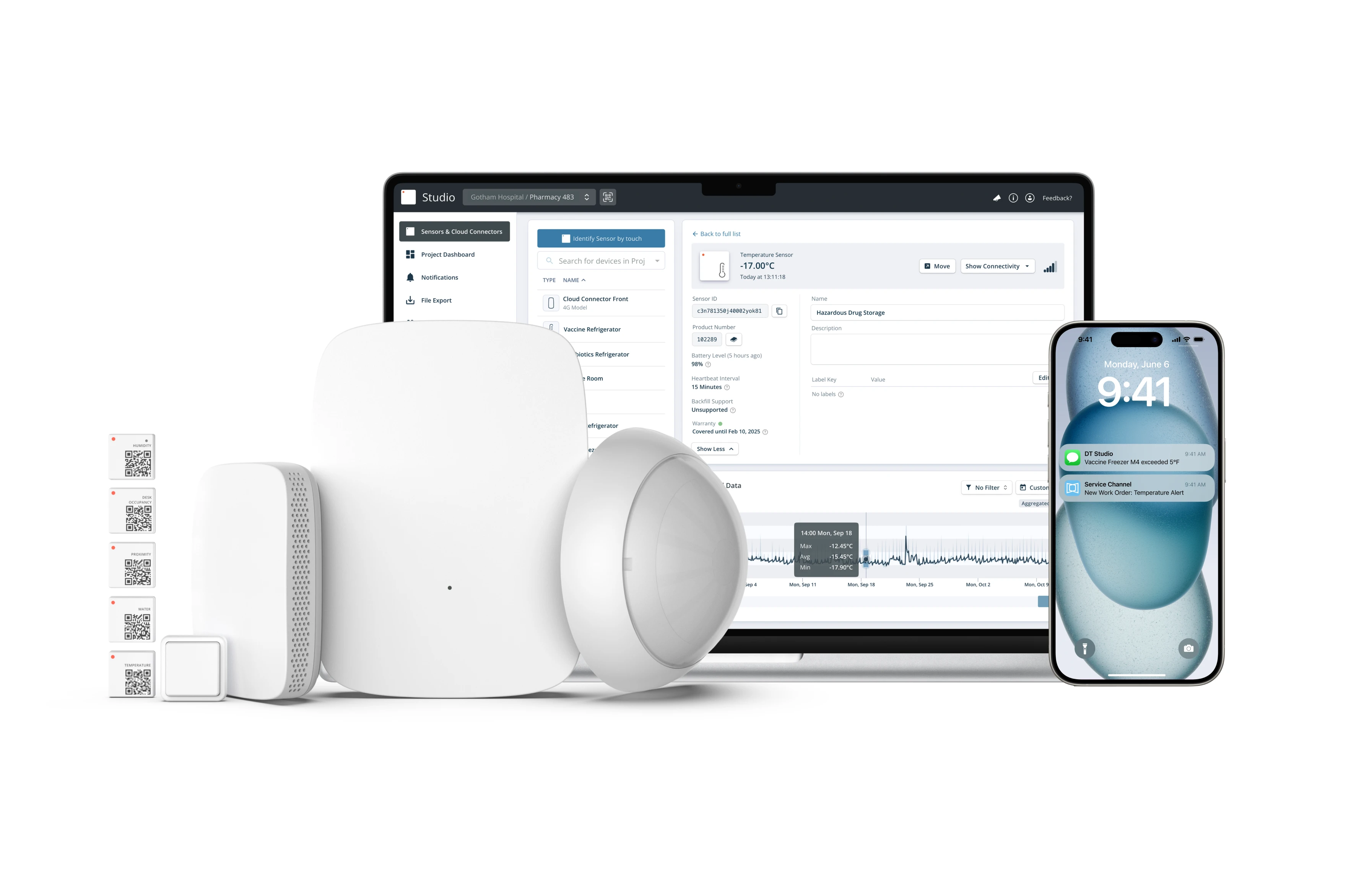How Flexible Workplace Strategies Can Benefit Your Organization

As of April 2023, some companies have abandoned the traditional office and gone entirely remote. Meanwhile, there are those seeking pre-pandemic office occupancy rates, with executives claiming that physical proximity is essential for effective collaboration.
Others have taken a middle ground, opting for a hybrid approach that combines working in the office with working from home. At the same time, the modern workforce's requirements have changed.
As a result, companies need to strike a balance between adopting workplace strategies that satisfy employee needs and wants while maintaining productivity and managing real estate costs.
The Need For A Flexible Workplace
When the 2020 pandemic hit, remote work became the norm, and employees worldwide acquired a taste for the flexibility it offered. Two years later, many started to partially return to the office, but with higher expectations about work-life balance. At the time, 83% of workers around the globe preferred to work hybrid, and the advantages of this model continue to shape the way we work today.

When we asked our network about their working patterns, 30% of respondents, whose primary occupations involve knowledge-based work in the IT, finance, and professional services sectors, reported working on a hybrid schedule.
26% of them worked entirely remotely.

These findings are consistent with the projected global working patterns for this year. Gartner Inc. forecasts that by the end of 2023, 39% of global knowledge workers will work hybrid, up from 37% in 2022.
The modern workforce has developed a taste for greater autonomy and flexibility regarding how and where they work. A survey conducted by JLL about the future of work found that by 2025, 53% of organizations will have to adapt their work models to include demands for increased flexibility.

Understanding the Modern Workforce To Implement Flexible Workplace Strategies
Understanding and categorizing employee work patterns is the first step to implementing a flexible workplace strategy. A simple way to do this is to profile employee types and map their habits and needs.
The In-office Employee
The in-office employee does most of their work in the office and prefers having assigned desks and access to private workspaces to conduct deep work.
The Hybrid Working Employee
A hybrid employee will spend three days in the office and two days at home (or vice versa). They want flexible workspaces so they can choose where to work alone or with others.
Remote by Choice
Someone who mostly works from home or another location or who is regularly on the road will come to the office only for tasks or events that require their physical presence. They require space in meeting or conference rooms on an ad-hoc basis.
Fully Remote
Fully remote employees rarely or never come to the office and do not require office space or facilities.
Using Sensor Data to Drive a Workplace Management Strategy
Using these profiles, those in charge of workplace management can make reliable assessments of employee work patterns. This is where sensor technology comes in.
Using discrete, wireless sensors is a quick, reliable, and cost-effective way to collect the data required to understand how employees typically work. Organizations can then work to develop workspaces that fit the employee profiles and create a baseline for workplace strategy decisions.
Wireless sensors are mounted under desks, in doorways, or on the ceiling to discretely and anonymously detect the presence of an employee to show, in real-time, building, office, and desk occupancy.
Not only do smart sensors facilitate the development of comfortable working environments for employees, but they also save money for companies and building owners.
A Quick Rundown of the Benefits
Bottomline
As employee requirements in the workplace continue to evolve, businesses will have to adapt their workplace strategies to retain employees and attract new talent. Work flexibility is the number-one reason employees left their job in the last two years, and employees who work remotely are 48% more likely to say this is why they changed positions. On the other hand, understanding employees' specific work patterns and how they use the workspace is vital to enabling a healthy and productive workforce and managing real estate costs. Sensor technology is an easy, cost-effective, and reliable way to achieve these goals and adopt more flexible workplace management strategies.

The Easy Way To Understand Occupancy
Content That Might Interest You
Get Started




.png)

